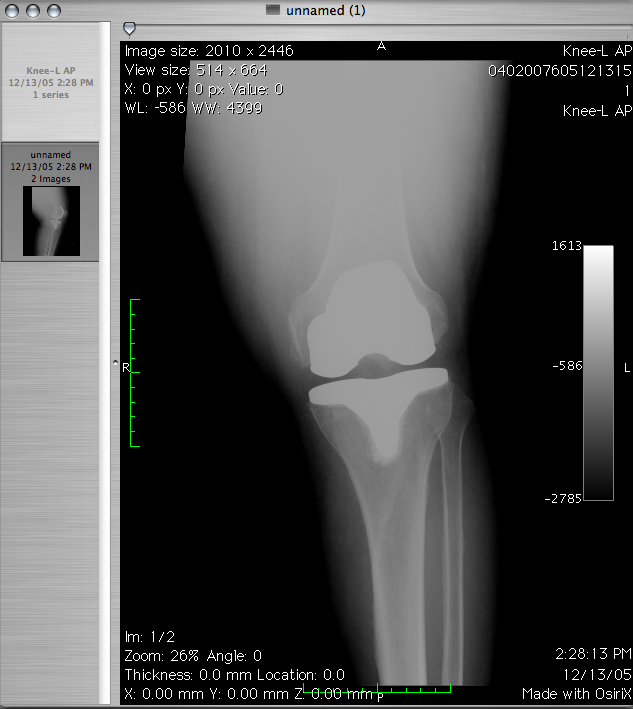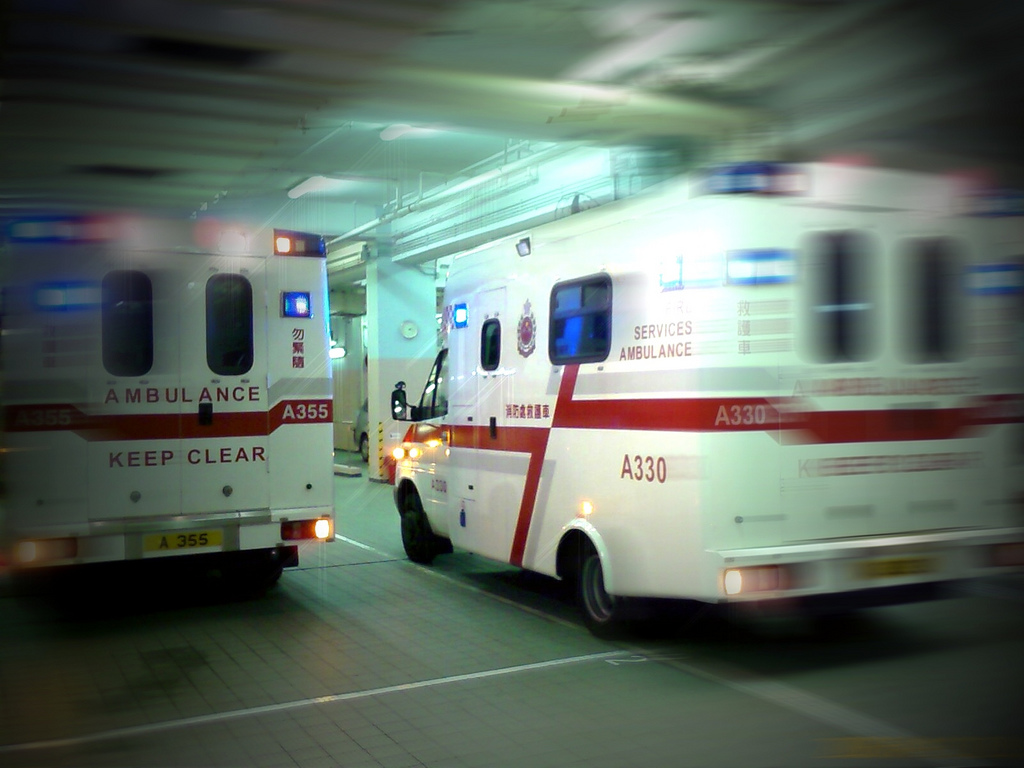 Hospital Team, ReSurge International, FlickrIn The Hospital, Down In The Dumps
Hospital Team, ReSurge International, FlickrIn The Hospital, Down In The Dumps
Whenever a serious injury occurs to someone, there is often an associated feeling of being alone - even when family and friends are close by or still in the room with you. It may be a side effect of the drugs being administered to you or something to do with the injuries. Expressing your feelings can be difficult at an early stage of treatment and recovery, but can go a long way towards helping you deal with pain levels. Try to be more positive in outlook and not dwell on uncertainties to help keep your brain working in ways that diffuse and reduce pain.
Try to engage the hospital staff a little when your family and friends aren't around to keep your spirits up and to help avoid getting depressed about your situation. Should you already have issues with depression, let your nurses know about it if you haven't told any of the staff about it. The trauma center will have a variety of people available to help. You endured a physical trauma and are getting help - some help for mental trauma isn't beyond their scope or capability.
The Hospital Pain Management Team
At Harborview, there is an actual team of three doctors - two residents and an attending, who come around before surgeries proven historically to be painful and will go over the strategies in current use to help keep you from going over the pain edge. For me, it was the use of the standard intravenous pain meds with the addition of a femoral catheter block. This was inserted into my leg up at the inner thigh and threaded down to the nerves just above my knee to help block the pain signals that come from the repair sites below. From what I have read since about tibial plateau fractures, I'm glad they did the block. It's supposed to be one of the most painful recoveries imaginable without one.
The pain medications are not without side effects. Nausea is a big one for many people, including me. It took a couple of attempts at finding the right combination of pain reliever and anti-nausea drugs to work for me. The first attempts shut off my appetite and I continued to lose twenty five pounds of weight until we hit on the right mix. There is something to the old sage advice that a little extra weight isn't such a bad thing. Had I been at what I used to consider my ideal weight, I don't know how much weaker I would have become with my body using up more muscle instead of fat. Good thing I was a bit chubby, I guess.
The i.v. drip pain meds today have a controller that is a bit like the buttons used on "Jeopardy". Using this system taught me to identify the onset of pain when the medications would begin to wear off and the need to watch the clock to see how much time I would get from the dosage controller. It was set up to allow the patient (me) a dose every 15 minutes as needed, with one push of the button.
Pushing it more often or more times within the 15 minutes didn't work. This teaches one to pay attention to one's body signals, the machine and the clock.
Thanks to that infernal machine, I can now pick up on subtle clues that tell me it's time to grab some ice and Tylenol before the pain goes nuclear.
Stay On Top Of It
You may have had someone tell you about the difference in pain control when they either skipped a dose or waited too long to take something for the pain. It's true - heading it off at the pass, cowboy-style, does help keep it down to a dull roar. Once you let the pain get beyond control, it becomes much, much more difficult to reign back under to a manageable level.
Specifically, what I'm referring to is pain that started out as a twinge, a dull ache, or even a momentary pop, that then turns into a raging pain monster refusing to let go of your leg, arm, back,or whatever is ailing you. Keeping on schedule with RICE (rest, ice, compression, elevation) and your medications , as well as learning to identify the onset of serious pain and to deal with it in a timely fashion is the way to keep on top of it.
Don't Overestimate Your Strength
Before and after surgery you will be told what to expect in the way of recovery time estimates and how your progression though the different stages of recovery might go. The best advice I can impart to you at this point is to be acutely aware of weakness in the legs and back. You culd very easily injure another part of your body just when you need it the least.To enable my bones to start healing properly, I was non-weight bearing ( no weight whatsoever) on the repaired leg for three full months. After that, I was allowed gradual 25% weekly increases, while still using crutches. So, quads? What quads? The muscles that help stabilize knee joints were basically gone. I had to be extremely careful to not twist the leg when beginning to put some weight on it, and so should you if you find yourself in a similar situation. Yeah, it is necessary to push yourself a bit to improve and build strength, but don't be stupid about it. It takes time.
Here Comes Physical Therapy
In my case, the doctors had to bolt together a good portion of my lower leg.
Due to the high energy impact nature of the crash, the parts list of stainless steel screws, bolts and internal fixator was quite long, indeed (On more than one occasion, the x-ray techs at followup appointments missed getting a picture of the entire assembly since they rarely see one as big as the one that's a part of me now). A level VI (6) on the Schatzker scale tibial plateau fracture repair can have a high complication /failure rate, so physical therapy is no joking matter. You have to do it and do it correctly.
In order to keep your knee joint from freezing up and having significant loss of range of motion, many hospitals will start you on a CPM (continuous passive motion) machine right in the hospital bed. The idea is to get you moving the joint as soon and as much as possible before scar tissue starts to interfere with motion. The CPM machines kind of worked for me, allowing me to maintain a real range of about 48 degrees on the repaired leg. This in contrast to my other leg at 140 degrees.
When I started P.T. in earnest at the 48 degree point, every single movement was a challenge. I was still on crutches, non-weight bearing, with the hinged brace off for the sessions. Just doing simple stretches, then a few leg lifts was enough to have my leg remind me I was alive. (Yeow!) Looking back, it hurt but was absolutely necessary for me to be able to walk again without dragging my leg behind me. It took months, but I'm walking with only a small limp and can move my leg beyond 112 degrees. Not perfect, but I still have the leg.
Yay, Team !
You, your family, your doctors and nurses, and physical therapists all have to work together in order for a successful outcome after a major surgery or surgeries. Communication between everyone is a critical component to avoid relapses, re-injury or more surgeries. If you notice that something isn't working or there are differing opinions on how to proceed in your recovery, stop the show and hash it out. Get up to date information and make informed decisions. It's your body and you have the final say on what to do with it. It's your team and you are allowed to make substitutions where you deem appropriate.
No more sports analogies for now, I promise.
Dave
Shoreline,WA
 Friday, April 8, 2011 at 11:51PM
Friday, April 8, 2011 at 11:51PM  Knee X-Ray, Scott Thieman, Flickr
Knee X-Ray, Scott Thieman, Flickr Guide to Knee Pain in
Guide to Knee Pain in  knee pain
knee pain 



